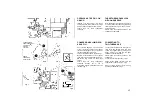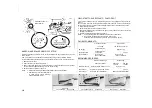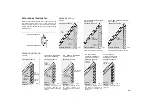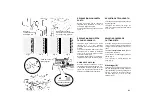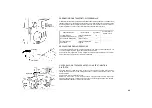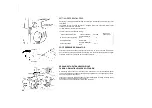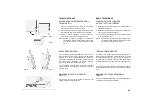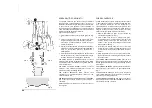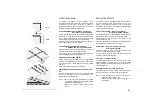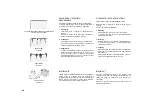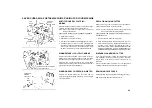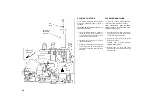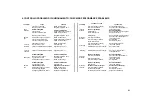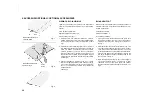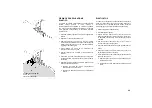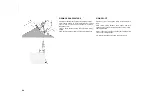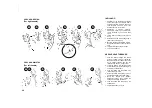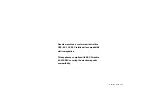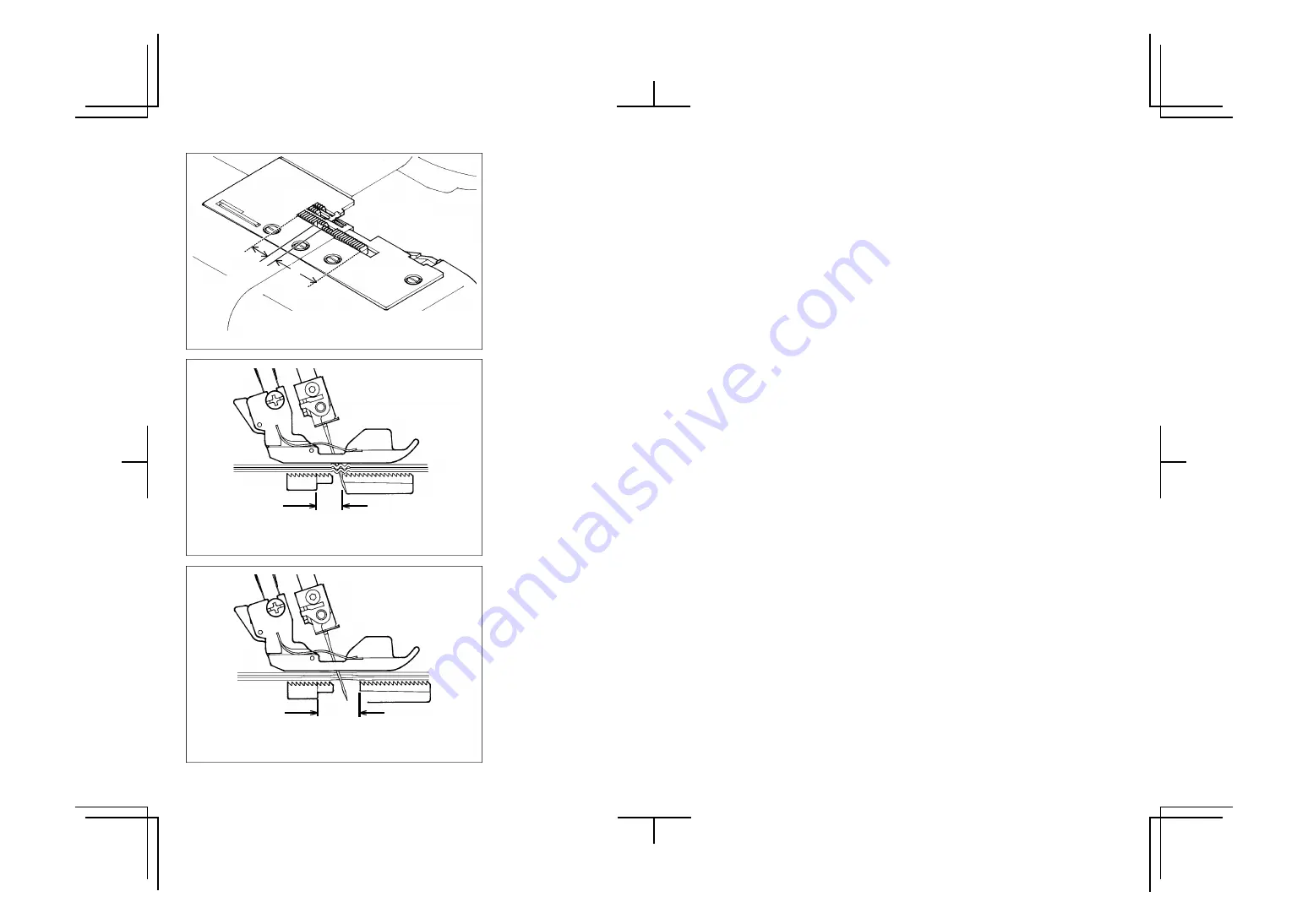
TRASPORTO DIFFERENZIALE
Nel trasporto differenziale ciascuna griffa ha un meccanismo
di trasporto individuale che permette il trasporto della stoffa
in un diverso rapporto.
TRASPORTO DIFFERENZIALE POSITIVO
Quando si predispone il trasporto differenziale positivo, la
griffa (A) anteriore produce una corsa più lunga di quella
della griffa posteriore (B).
Questo ha l'effetto di accumulare materiale sotto il piedino
pressore per compensare le ondulazioni sulla stoffa.
TRASPORTO DIFFERENZIALE
NEGATIVO
Quando si predispone il trasporto differenziale negativo, la
griffa (A) produce una corsa più breve di quella della griffa
(B). Questo ha l'effetto di tendere il materiale sotto il piedino
pressore per compensare l'arricciamento sulla stoffa.
DIFFERENTIAL FEED
The differential feed has two independent feed dogs, one
front (A) and one rear (B).
Each feed dog has an individual feed mechanism which
enables the feeding of material at a different ratio.
POSITIVE DIFFERENTIAL FEED
WHEN SET FOR POSITIVE DIFFERENTIAL FEED, the front
feed dog (A) makes a longer stroke than the rear feed dog
(B).
This has the effect of accumulating material under the
presser foot to offset the wavering on the fabric.
NEGATIVE DIFFERENTIAL FEED
WHEN SET FOR NEGATIVE DIFFERENTIAL FEED, the front
feed dog (A) makes a shorter stroke than the rear feed dog
(B). This has the effect of stretching material under the
presser foot to offset the puckering on the fabric.
22
B
A
GRIFFA DEL TRASPORTO DIFFERENZIALE
Differential feed dogs
TRASPORTO DIFFERENZIALE POSITIVO
Positive differential feed
TRASPORTO DIFFERENZIALE NEGATIVO
Negative differential feed
Summary of Contents for Lock 181
Page 1: ......










